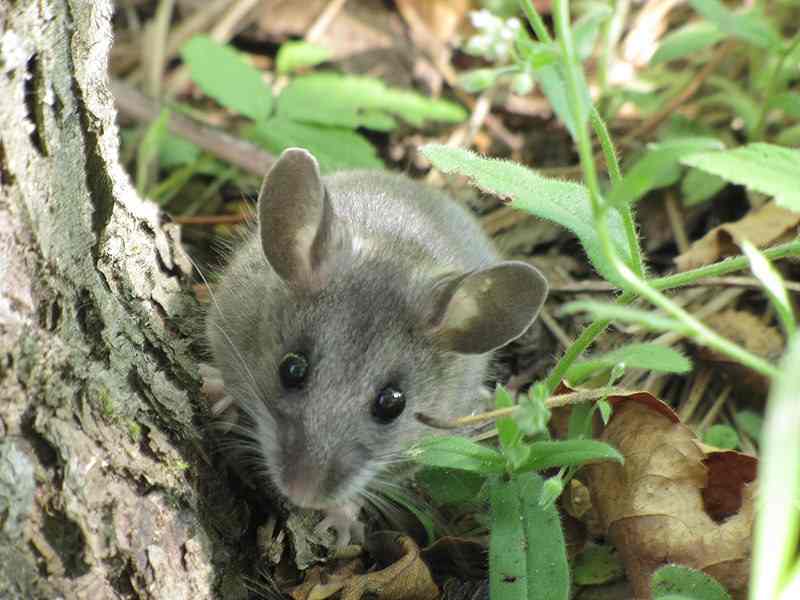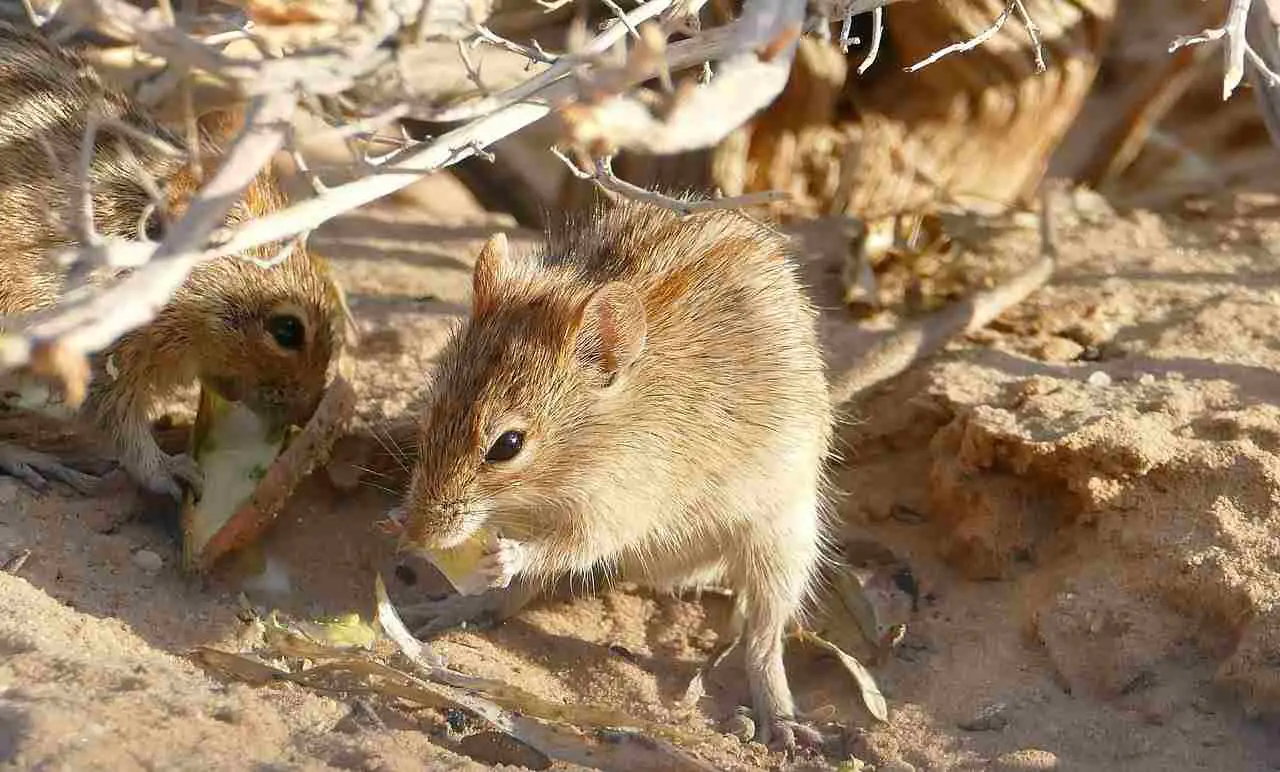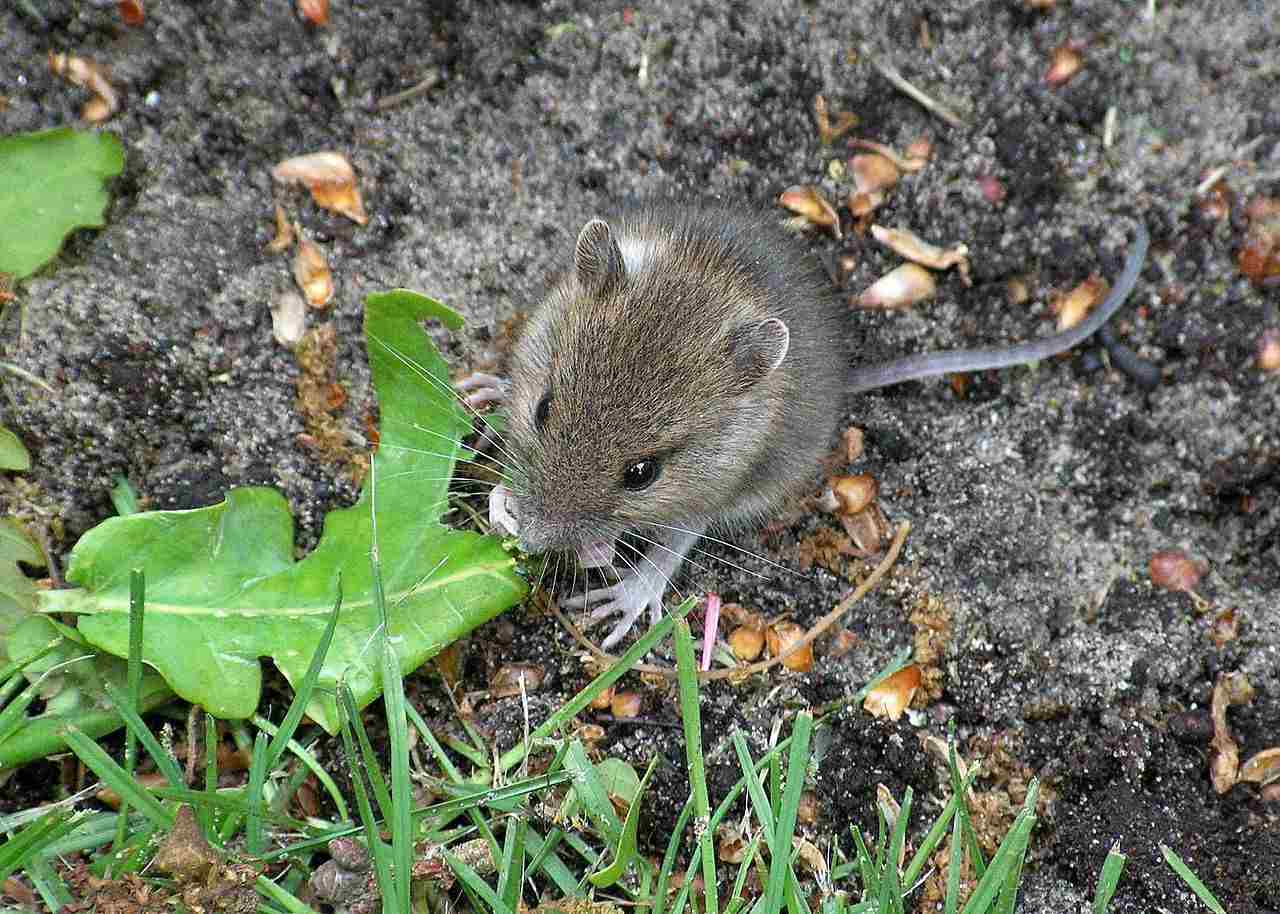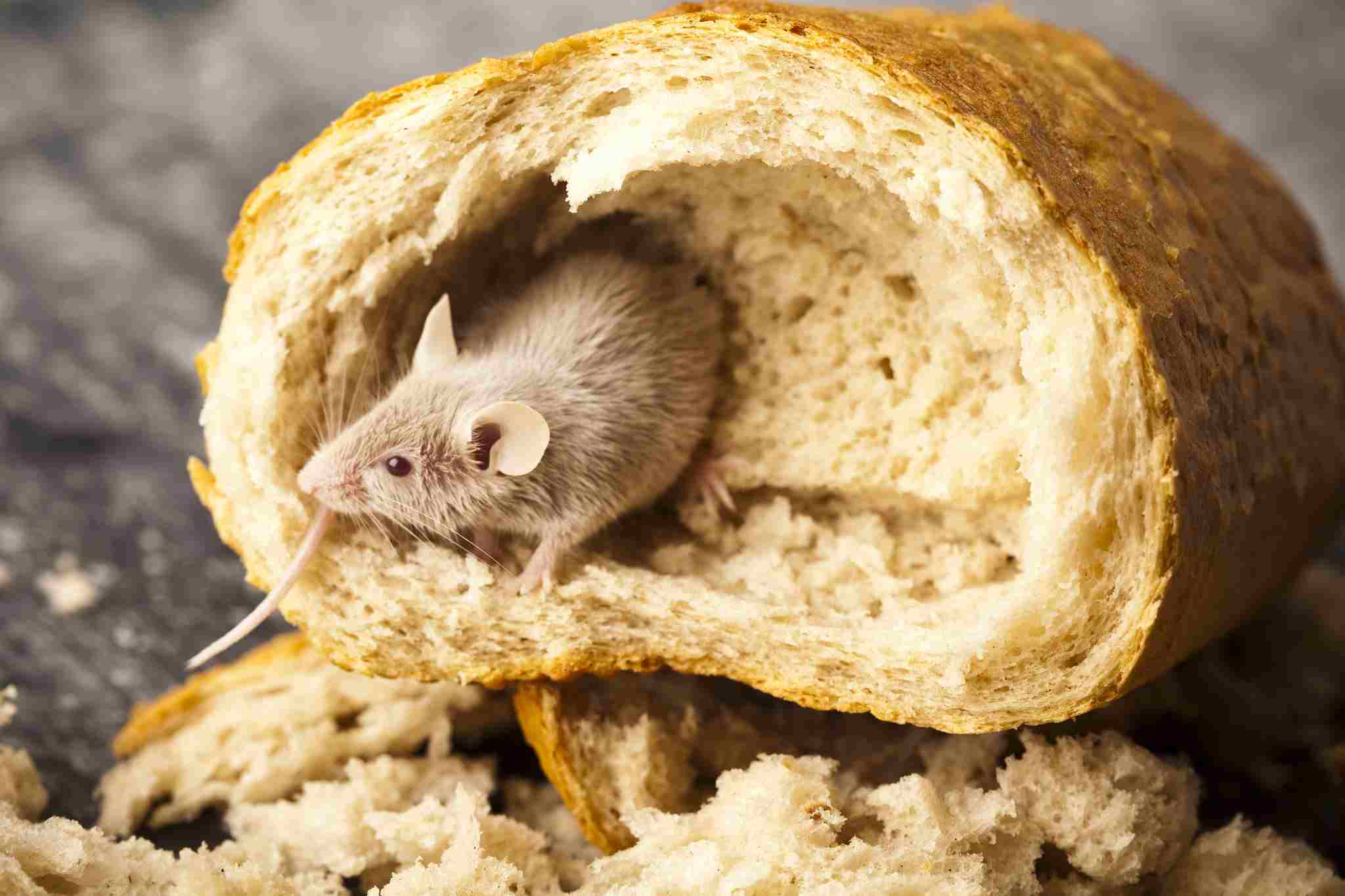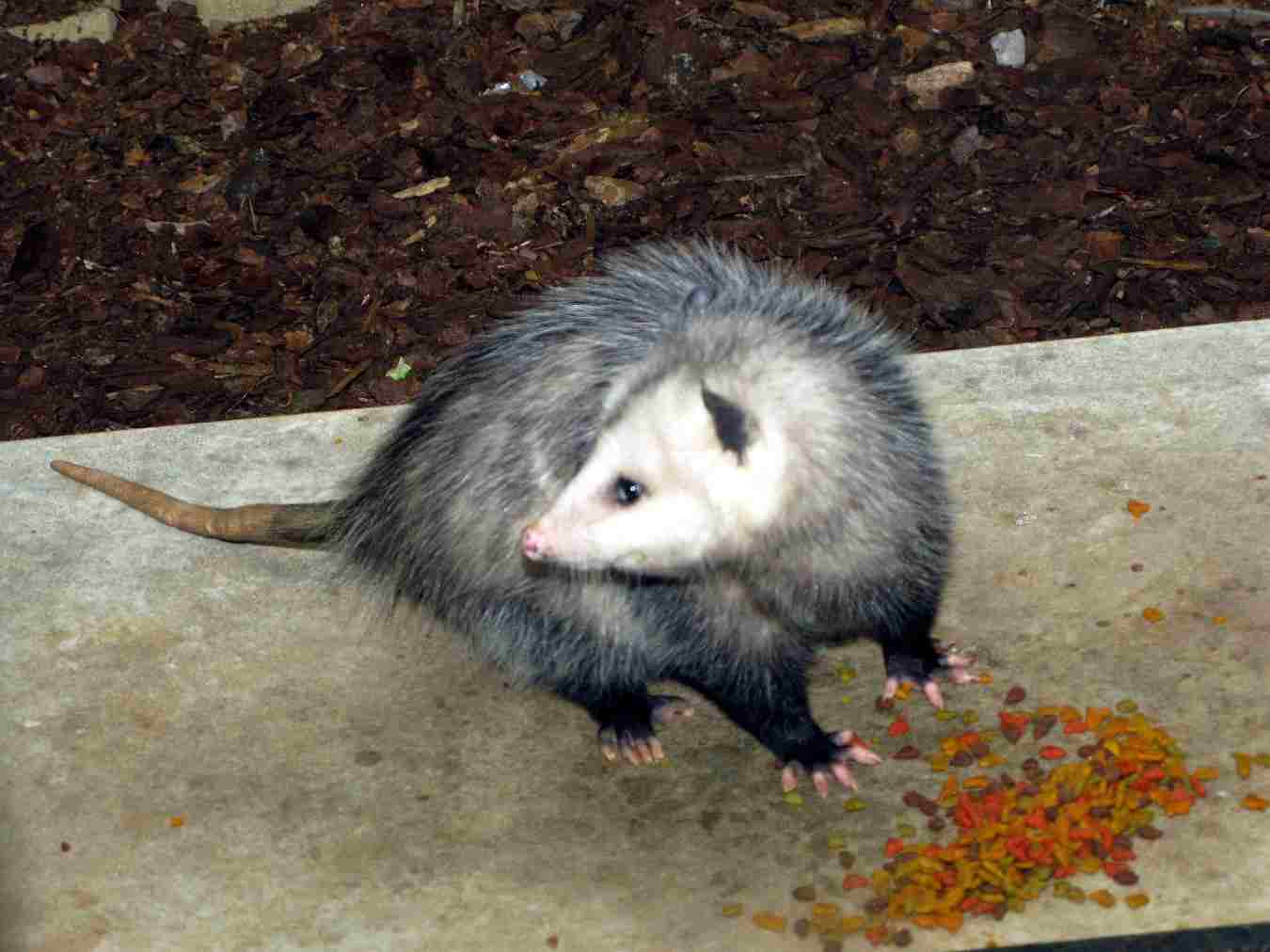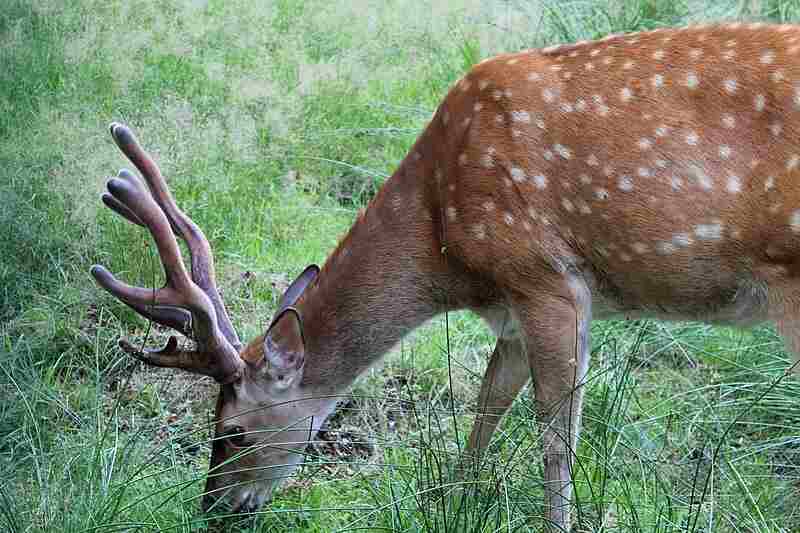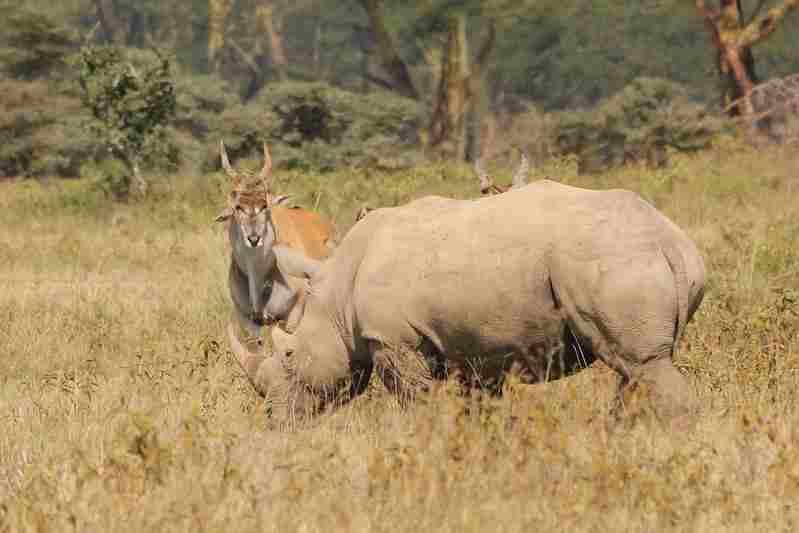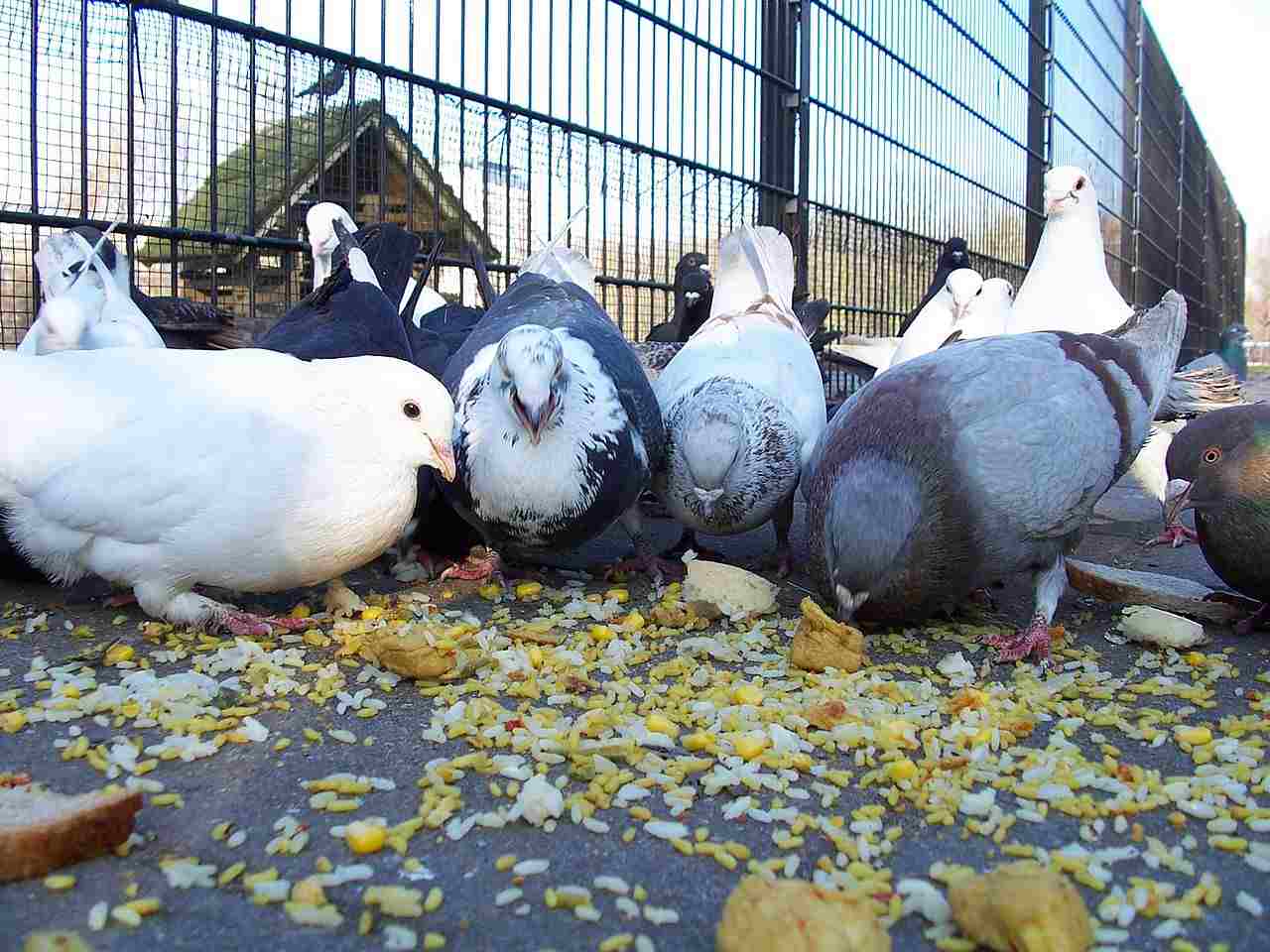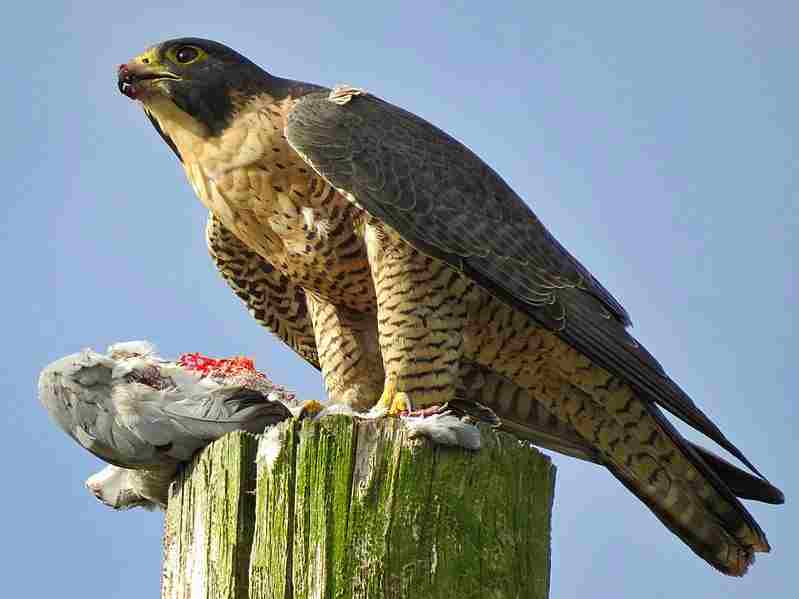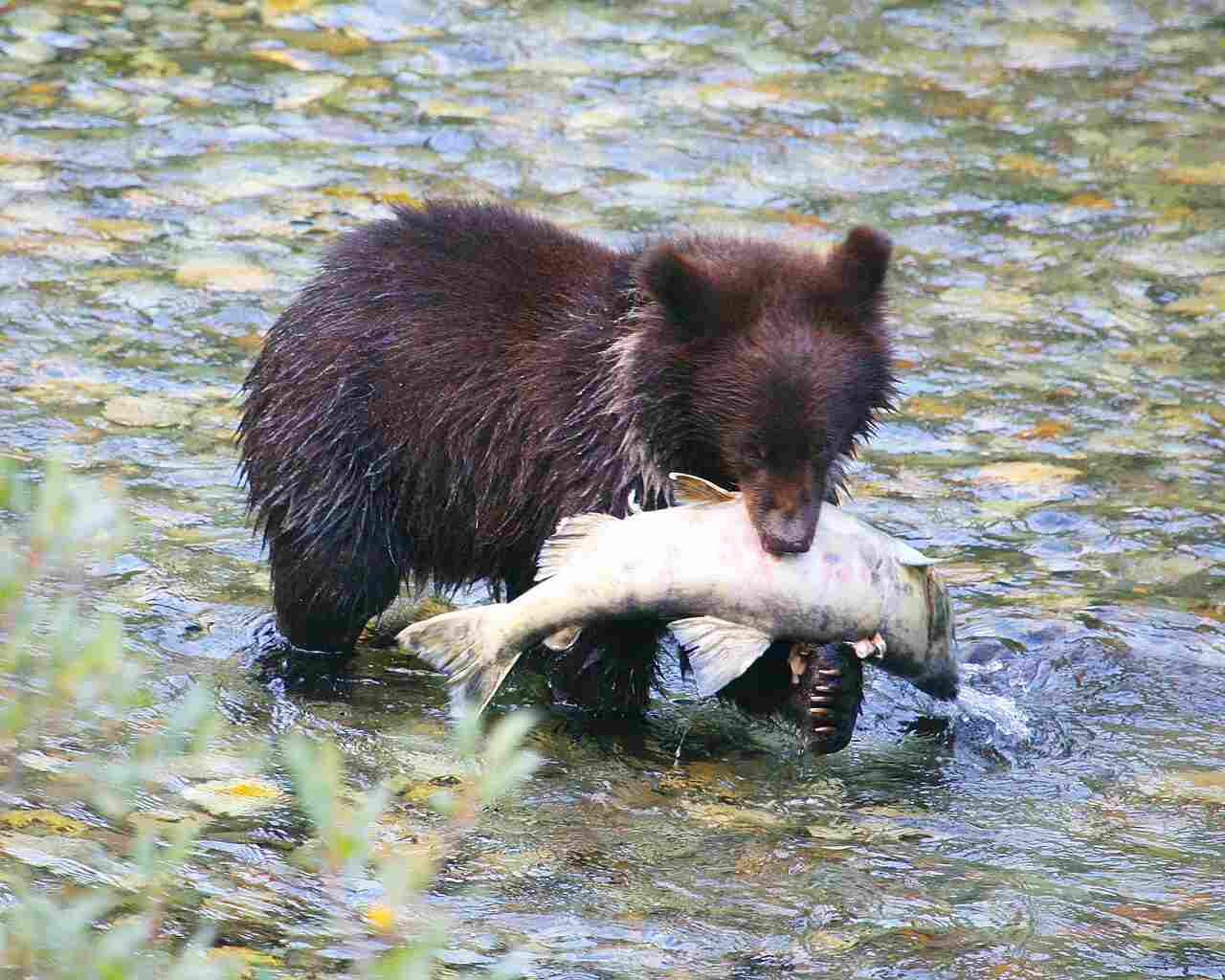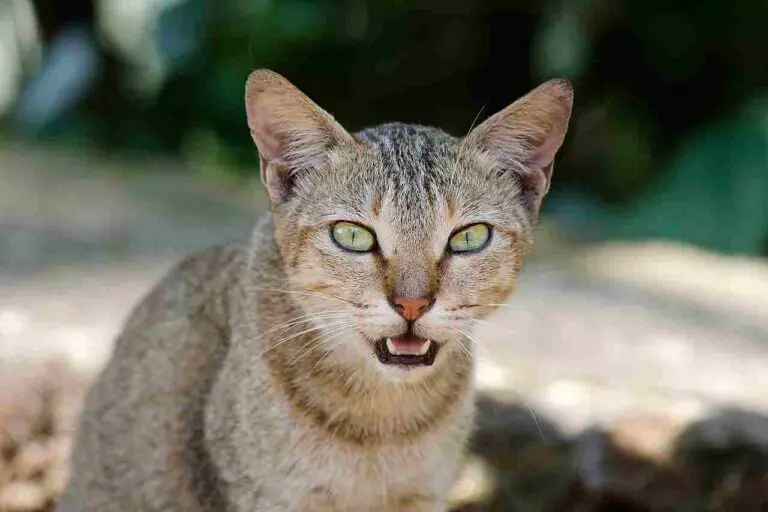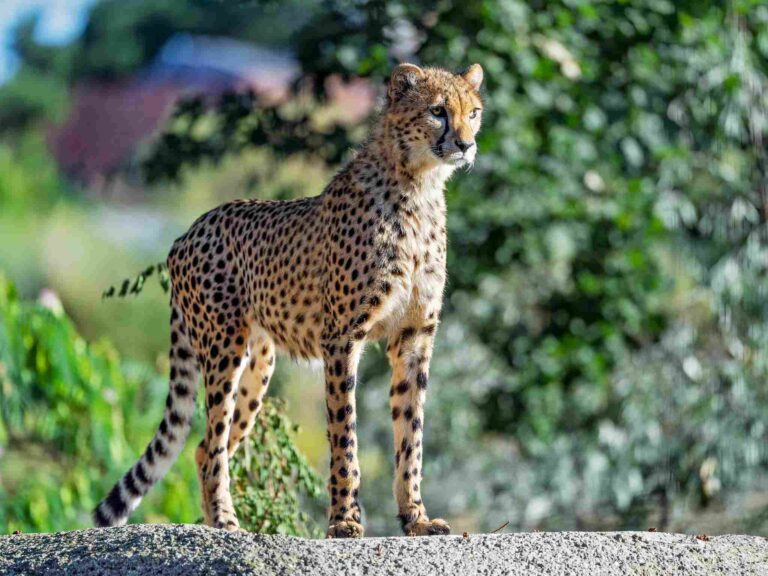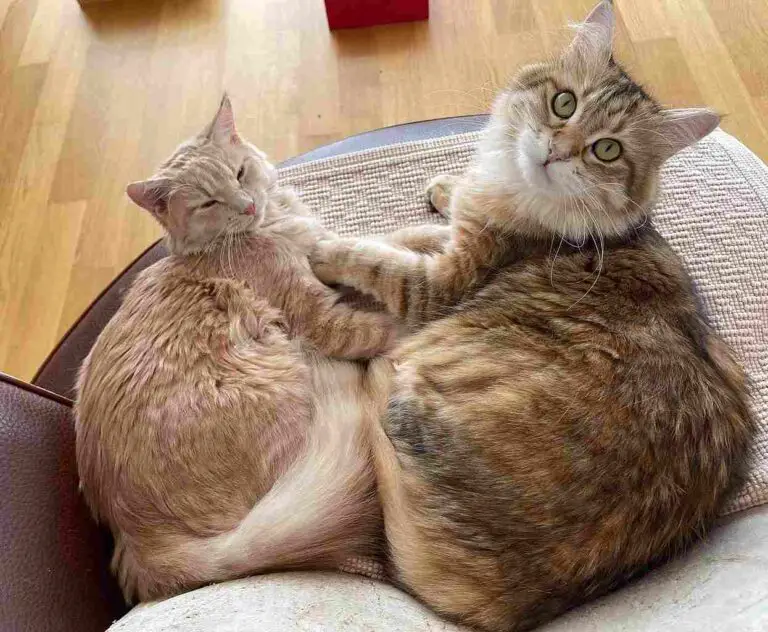Boreal Forest Food Web : Trophic Relationships in the Boreal Forest
Boreal forest food web is formed by multiple simultaneous, trophic relationships between boreal plants and animals at various trophic levels, in different food chains.
This article discusses boreal forest food web based on trophic relationships between food chains in the boreal forest, as follows;
1). Boreal Forest Food Chain 1 (as a Component of the Boreal Forest Food Web)
A summary of the first composite food chain that may be found in a typical boreal forest food web is;
Level 1 (Primary Producers): Lichens (Cladonia rangiferina), sedges, shrubs, grass, grains, nuts, fruits, berries.
Level 2 (Primary Consumers): Caribou (Rangifer tarandus), Deer mice (Peromyscus maniculatus).
Level 3 (Secondary Consumers): Gray wolf (Canis lupus), Coyote (Canis latrans).
Level 4 (Tertiary Consumers): American black bear (Ursus americanus).
*Trophic Relationships
Lichens, sedges, shrubs, grass, grains, nuts, fruits, and berries are all from primary producers. Primary producers are essential as the main source of biomass and bioenergy to the food chain, which they produce from abiotic raw materials including solar radiation, carbon dioxide and water, in the process of photosynthesis [3].
The primary producers in the food chain are; caribou and deer mice, whose feeding habits range from herbivorous to omnivorous, and contribute to energy transfer as well as nutrient-recycling, through their activities.
Caribou mainly feed on lichens, sedges, shrubs, grass, and browse on twigs and leaves. They are herbivores, consuming boreal forest plants (that is; the primary producers) for their energy and nutrients.
Deer mice are omnivorous and feed on a variety of food sources including seeds, berries, insects, and occasionally small invertebrates. They can consume both plant matter and smaller boreal forest animals like insects.

Gray wolves are carnivores and primarily feed on herbivores like caribou, but they can also prey on small mammals such as deer mice. They are secondary consumers in this food chain, but can function as apex predators (tertiary or quaternary consumers) in the absence of larger and/or more advanced predators.
Coyotes are also carnivores and have a diverse diet that includes small mammals, birds, insects, and carrion. While they primarily feed on smaller prey, they may scavenge on the remains of larger predators' kills.
In a more complex food chain with higher species-richness and biodiversity, coyotes may occupy a trophic level lower than that of the gray wolf; which is a larger consumer.
American black bears are omnivorous, opportunistic feeders. They consume plant material such as fruits, nuts, and berries, as well as small mammals, insects, and carrion.
A summary of trophic relationships among the organisms discussed in this food chain is as follows;
Lichens, sedges, shrubs, grass, grains, nuts, fruits, and berries are consumed by caribou. Caribou are consumed by gray wolves and coyotes. Gray wolves and coyotes are consumed by the American black bear.
These trophic relationships may organisms from the food chain (1) to other boreal forest food chains (such as food chains 2 and 3) to form a food web.
2). Boreal Forest Food Chain 2
The second food chain that can contribute to the framework of a boreal forest food web is as outlined below;
Level 1 (Primary Producers): Shrubs, buds, coniferous needles, berries, twigs.
Level 2 (Primary Consumers): Snowshoe hare (Lepus americanus), Red squirrel (Tamiasciurus hudsonicus), Spruce grouse (Falcipennis canadensis).
Level 3 (Secondary Consumers): Coyote (Canis latrans), Lynx (Lynx canadensis).
Level 4 (Tertiary Consumers): Gray wolf (Canis lupus), American black bear (Ursus americanus), Great horned owl (Bubo virginianus).
*Trophic Relationships
Shrubs, buds, coniferous trees, berries, and twigs are food materials associated with primary producers in the boreal forest. The role of primary producers in the food chain/web/energy pyramid, is that of photosynthetic food-provision, for themselves and other boreal organisms.
Snowshoe hares primarily feed on shrubs, buds, and twigs. They are herbivorous rodents and primary consumers in this food chain.
Red squirrels feed on a variety of food sources including seeds, conifer cones, and nuts. They are also boreal primary consumers; along with the spruce grouse, a bird that primarily feeds on conifer needles and buds.
Coyotes are omnivores and function as secondary consumers in this food chain. They primarily feed on herbivores like snowshoe hares, but may also consume plant materials like fruits [2].
The coyote is a particularly versatile and adaptive boreal forest animal, as it can thrive in a variety of biomes including temperate forests, prairies, deserts and urban areas.

Lynx are carnivorous felines, and primarily prey on snowshoe hares. They are secondary consumers here, like the coyote, due to their size that is smaller than that of other predators like the gray wolf.
Gray wolves are capable of functioning as both secondary and tertiary consumers. While they primarily feed on herbivores like snowshoe hares, they may also consume smaller carnivores such as coyotes.
This trophic flexibility implies that gray wolves can contribute to the transfer of energy in various food chains and trophic levels, simultaneously. They may therefore occupy nodes of intersection between different chains in a boreal forest food web.
The American black bear is an omnivorous tertiary consumer or apex predator, that has a broad range of dietary choices including plant material, small mammals, carrion, and insects.
Great horned owls are carnivorous birds (raptors) and primarily feed on small mammals such as snowshoe hares. They are tertiary consumers in their environment, due to the biological advantage of aerial locomotion (as well as keen sensitivity) that makes them less vulnerable than ground-dwelling organisms.
3). Boreal Forest Food Chain 3 (as a Component of the Boreal Forest Food Web)
The third food chain that may contribute to the structure of a typical boreal forest food web is outlined as follows;
Level 1 (Primary Producers): Grass, lichens, berries, nuts, shrubs.
Level 2 (Primary Consumers): Vole (Microtus), Deer mice (Peromyscus), Spruce grouse (Falcipennis canadensis).
Level 3 (Secondary Consumers): Great gray owl (Strix nebulosa), Garter snake (Thamnophis),
Level 4 (Tertiary Consumers): Golden eagle (Aquila chrysaetos).
*Trophic Relationships
Grass, lichens, berries, nuts, and shrubs are all associated with primary producers in the boreal forest.
Voles mainly consume plant materials like lichens and grass, which makes them herbivores and primary consumers.
Deer mice are omnivorous rodents whose diet consists of insects, seeds, berries, and nuts. They are also primary consumers alongside voles.
Spruce grouse feed on coniferous tree needles, buds and shoots, meaning they are herbivores.
Great gray owls feed on small mammals including deer mice and voles, thereby acting as secondary consumers in this food chain.
Garter snakes are reptilian carnivores that feed on birds, amphibians, invertebrates like earthworms, and small mammals in the boreal forest [1]. They are also secondary consumers.
Golden eagles are large predatory birds and apex predators that can prey upon small mammals like deer mice and voles; and birds like the spruce grouse.
In summary, this food chain comprises of grass, lichens, berries, nuts, and shrubs as the primary producers, while the voles, deer mice, and spruce grouse are the primary consumers. The great gray owl and garter snake are the secondary consumers, and the golden eagle is the tertiary consumer at the top of the food chain.
Conclusion: Interlinking of Trophic Levels to Form Food Webs
The three food chains discusses in this article can be interlinked to form a boreal forest food web;
Food Chain 1: Level 1 (lichens, sedges, shrubs, grass, grains, nuts, fruits, berries)→ Level 2 (caribou, deer mice)→Level 3 (gray wolf, coyote)→Level 4 (American black bear)
Food Chain 2: Level 1 (shrubs, buds, coniferous needles, berries, twigs)→ Level 2 (snowshoe hare, red squirrel, spruce grouse)→Level 3 (coyote, lynx)→Level 4(gray wolf, American black bear, great horned owl)
Food Chain 3: Level 1 (grass, lichens, berries, nuts, shrubs)→ Level 2 (vole, deer mice, spruce grouse)→Level 3 (great gray owl, garter snake)→Level 4 (golden eagle)
This is obvious in the occurrence of some boreal plants and animals in multiple food chains; such as the shrubs (chains 1, 2, 3); deer mice (chains 1, 3); coyote (chains 1, 2); spruce grouse (2, 3); American black bear (chains 1, 2); and gray wolf (chains 1, 2).
References
1). Gregory, P. (2011). "Feeding habits and diet overlap of three species of garter snakes (Thamnophis) on Vancouver Island." Canadian Journal of Zoology 56(9):1967-1974. Available at: https://doi.org/10.1139/z78-264. (Accessed 5 June 2023).
2). Latine, W. N.; Giuliano, W. M. (2017). "Factors Determining Coyote ( Canis latrans ) Diets." Open Journal of Ecology 07(13):650-666. Available at: https://doi.org/10.4236/oje.2017.713045. (Accessed 5 June 2023).
3). Whitehead, D.; Gower, S. T. (2001). "Photosynthesis and light-use efficiency by plants in a Canadian boreal forest ecosystem." Tree Physiol. 2001 Aug;21(12-13):925-9. Available at: https://doi.org/10.1093/treephys/21.12-13.925. (Accessed 5 June 2023).
